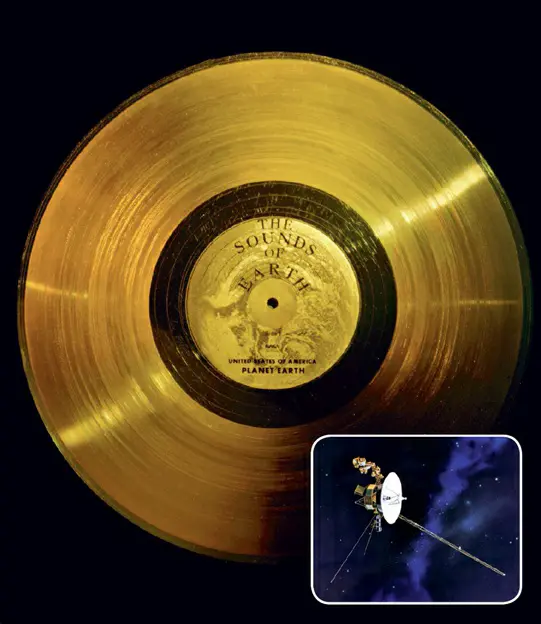Launched in 1977, NASA’s Voyager 1 and Voyager 2 probes embarked on an unprecedented journey through our solar system and beyond, capitalizing on a rare planetary alignment occurring every 176 years. These spacecrafts not only conducted the first detailed study of Jupiter, Saturn, Uranus, and Neptune, but they also became ambassadors of Earth, carrying the Voyager Golden Record, a unique cosmic message intended for potential extraterrestrial discovery.
The Voyager Golden Record, a concept developed by renowned astronomer Carl Sagan and his team, is a gold-plated copper phonograph record, including a stylus, featuring a rich tapestry of Earth’s culture and life. It contains greetings in 55 languages, sounds of nature and human activities, a selection of global music, and 115 images depicting various aspects of life on Earth. This diverse collection represents the planet in the 1970s, showcasing its mathematical knowledge, diverse cultures, natural landscapes, and architectural marvels.
Encased in gold-plated aluminum jackets, these records are designed to withstand the test of time, potentially outlasting Earth itself. As Voyager 1 and 2 traverse interstellar space, they carry these records into the unknown, possibly lasting billions of years, moving through the cosmos with the essence of humanity’s presence, culture, and achievements.

